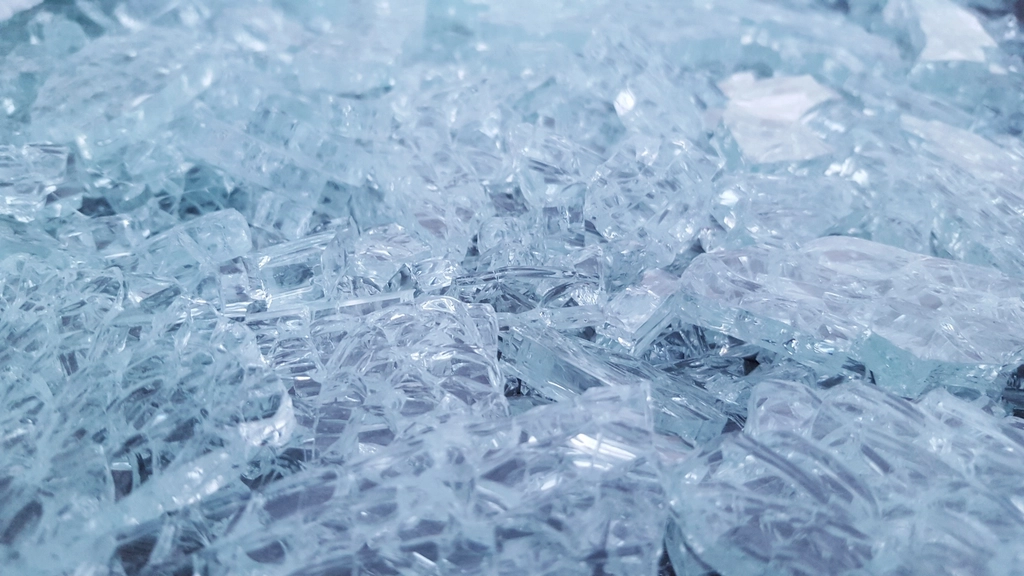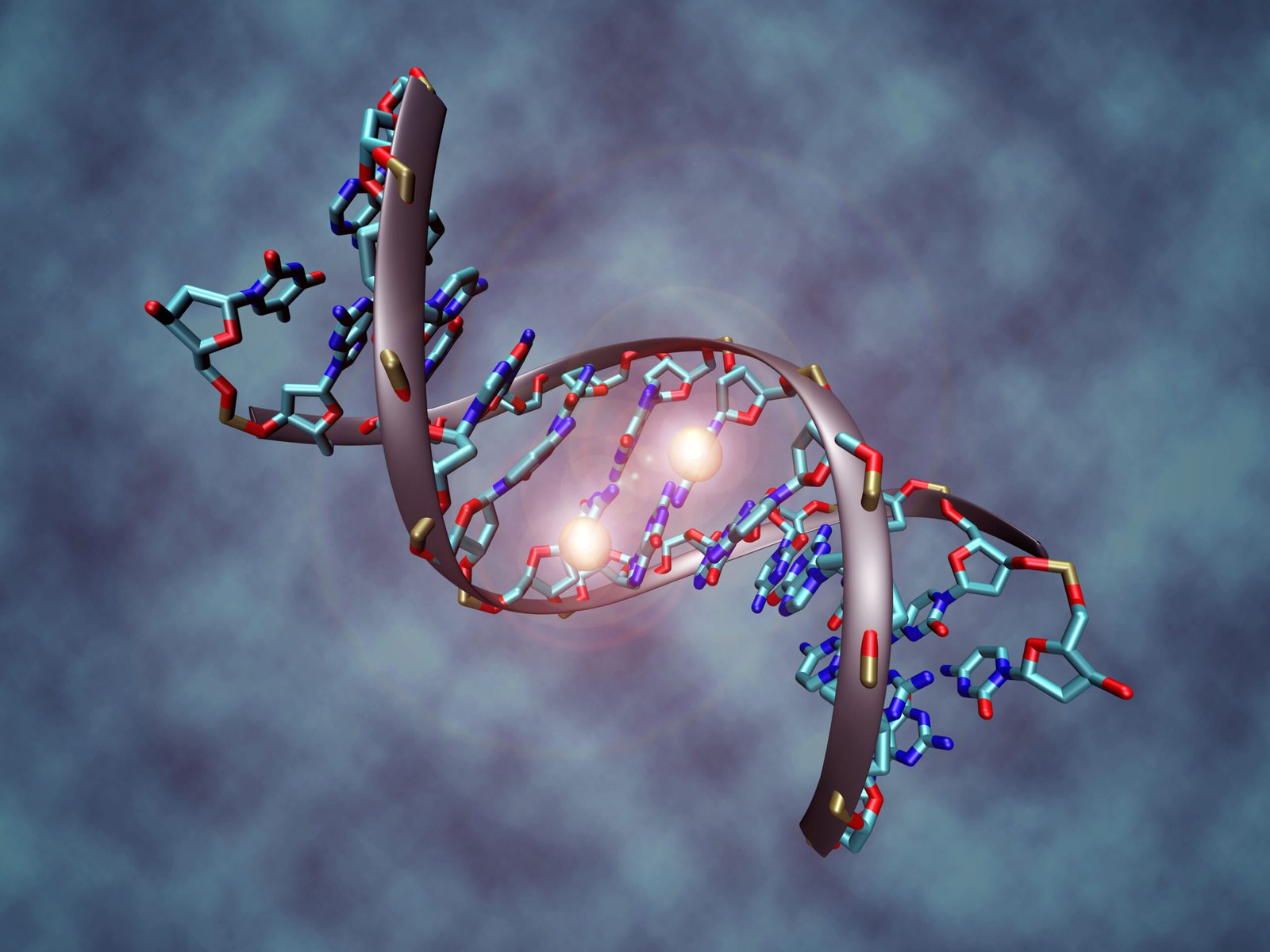In the vast and intricate world of science, the allure of uncovering the secrets held within the earth’s crust is undeniable. Imagine a world where crystals, those shimmering wonders of nature, could store and replicate information just like DNA. This idea, while seemingly plucked from a science fiction novel, is stirring curiosity among scientists and enthusiasts alike. Could it be that these silent, ancient structures hold the key to a new understanding of information storage? As we delve into this fascinating concept, we’ll uncover the potential and mysteries surrounding the possibility of minerals acting as repositories of information.
The Fascinating World of Crystals

Crystals have been admired for their beauty and mystique for centuries. From the sparkling amethyst to the clear quartz, these natural formations captivate the human imagination. But beyond their aesthetic appeal, crystals are structured in a way that makes them particularly interesting from a scientific perspective. Their orderly arrangement of atoms creates a repeating pattern that extends in all directions, much like the instructions coded in the DNA helix. This precise organization gives rise to the hypothesis that crystals might be capable of storing information. Their structure is akin to a library of possibilities, waiting to be decoded.
Understanding DNA’s Role in Information Storage

DNA, or deoxyribonucleic acid, is the cornerstone of life on Earth. It’s the biological equivalent of a computer’s hard drive, storing the genetic instructions necessary for the development and functioning of living organisms. DNA is made up of sequences of nucleotides, which are often compared to letters that form words and sentences, ultimately dictating everything from eye color to susceptibility to certain diseases. The ability of DNA to replicate itself ensures that this information is passed on from generation to generation. This process is a testament to nature’s incredible capacity for information storage and transfer.
The Hypothetical Potential of Crystals
The concept of crystals storing information is not entirely new. Scientists have long speculated that under certain conditions, crystals could encode data. This idea is rooted in the fact that crystals can be precisely manipulated at the atomic level. By altering the arrangement of atoms, it might be possible to create a code that holds information. The theoretical potential of crystals to store data is massive, as they could offer a stable, durable medium that is less prone to degradation compared to organic materials like DNA. However, this remains a largely unexplored territory, ripe for research and experimentation.
How Information Could Be Encoded in Crystals

Encoding information in crystals would require a method to manipulate their atomic structure in a controlled manner. One possibility is using external stimuli such as light, heat, or pressure to alter the atomic arrangement. This change could represent data bits, similar to the binary code used in digital computing. Imagine a crystal that changes color when exposed to heat, with each hue representing a different piece of information. This process could mirror the way DNA sequences are read and interpreted, offering a new dimension of data storage that could revolutionize technology.
The Challenges of Replicating Information in Crystals
While the idea of using crystals as information storage devices is captivating, several challenges need to be addressed. Unlike DNA, which naturally replicates, crystals do not inherently possess the ability to duplicate their structure. The replication of information stored within crystals would require an external mechanism or intervention. Additionally, the stability of the encoded data over time and under various environmental conditions is a significant concern. Overcoming these hurdles is essential for transforming the concept from a theoretical framework into a practical application.
Current Research and Breakthroughs
In recent years, there have been several groundbreaking studies exploring the potential of crystals as data storage mediums. Researchers have successfully stored and retrieved small amounts of data within crystal lattices using advanced techniques. These experiments have demonstrated the feasibility of the concept, paving the way for further investigation. Scientists are also exploring the use of synthetic crystals, which can be engineered to have specific properties that make them more suitable for information storage. These advancements are bringing us closer to unlocking the potential of the crystal code.
The Implications for Technology and Beyond
If the crystal code can be fully realized, the implications for technology and society are immense. Crystals could offer a new form of data storage that is more efficient and durable than current methods. This could lead to significant advancements in fields such as computing, data archiving, and even space exploration, where stable and long-lasting data storage is crucial. Moreover, the ability to encode and replicate information in crystals could inspire new approaches to understanding and interacting with the natural world, bridging the gap between technology and nature.
Crystals vs. DNA: A Comparison

While DNA and crystals share similarities in their structured arrangement, they are fundamentally different in their roles and functions. DNA is a living code, actively participating in the processes of life, while crystals are inert and passive. However, the potential for crystals to mimic DNA’s role in information storage presents an intriguing parallel. Both systems rely on precise arrangements to convey information, suggesting that nature may offer multiple pathways to achieve similar outcomes. This comparison highlights the complexity and versatility of natural systems in storing and transmitting information.
The Philosophical and Ethical Considerations
The idea of using crystals as information storage raises several philosophical and ethical questions. What does it mean to encode human knowledge in a non-organic medium? How might this affect our understanding of life and consciousness? These questions challenge our perceptions of what it means to store and transfer information. Moreover, the potential environmental impact of mining and manipulating crystals for technological purposes must be considered. Balancing the benefits of this technology with its ethical implications is crucial as we move forward in exploring the crystal code.
Final Thoughts on the Crystal Code
The notion that minerals could store and replicate information like DNA is a testament to the boundless possibilities of scientific exploration. While much remains to be discovered, the journey toward understanding the crystal code promises to be as rewarding as it is challenging. As we continue to unravel the mysteries of crystals, we may find ourselves on the brink of a new era in information technology, one that harmonizes the elegance of nature with the ingenuity of human innovation. Whether or not crystals can truly emulate DNA, their potential to expand our knowledge and capabilities is a captivating prospect.




